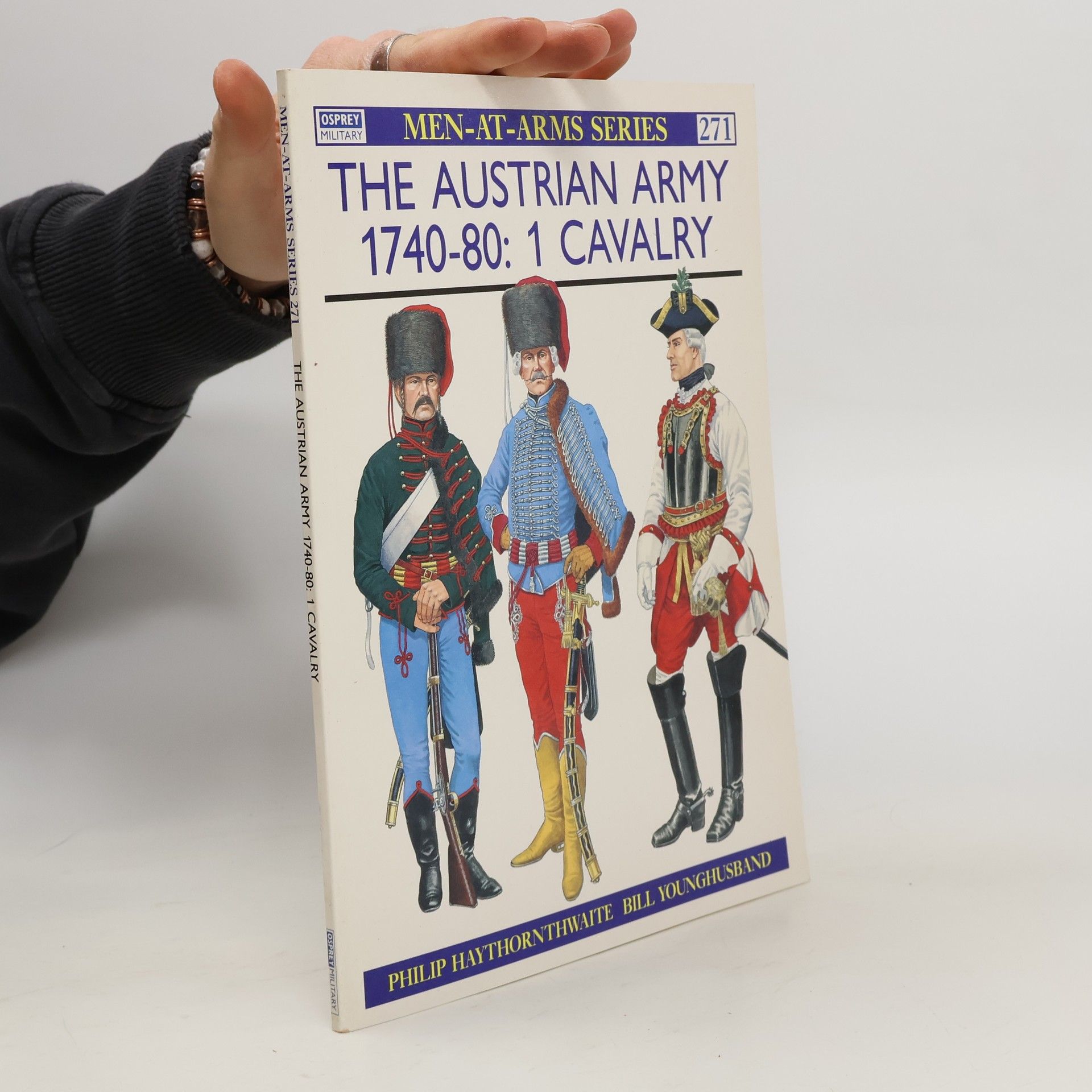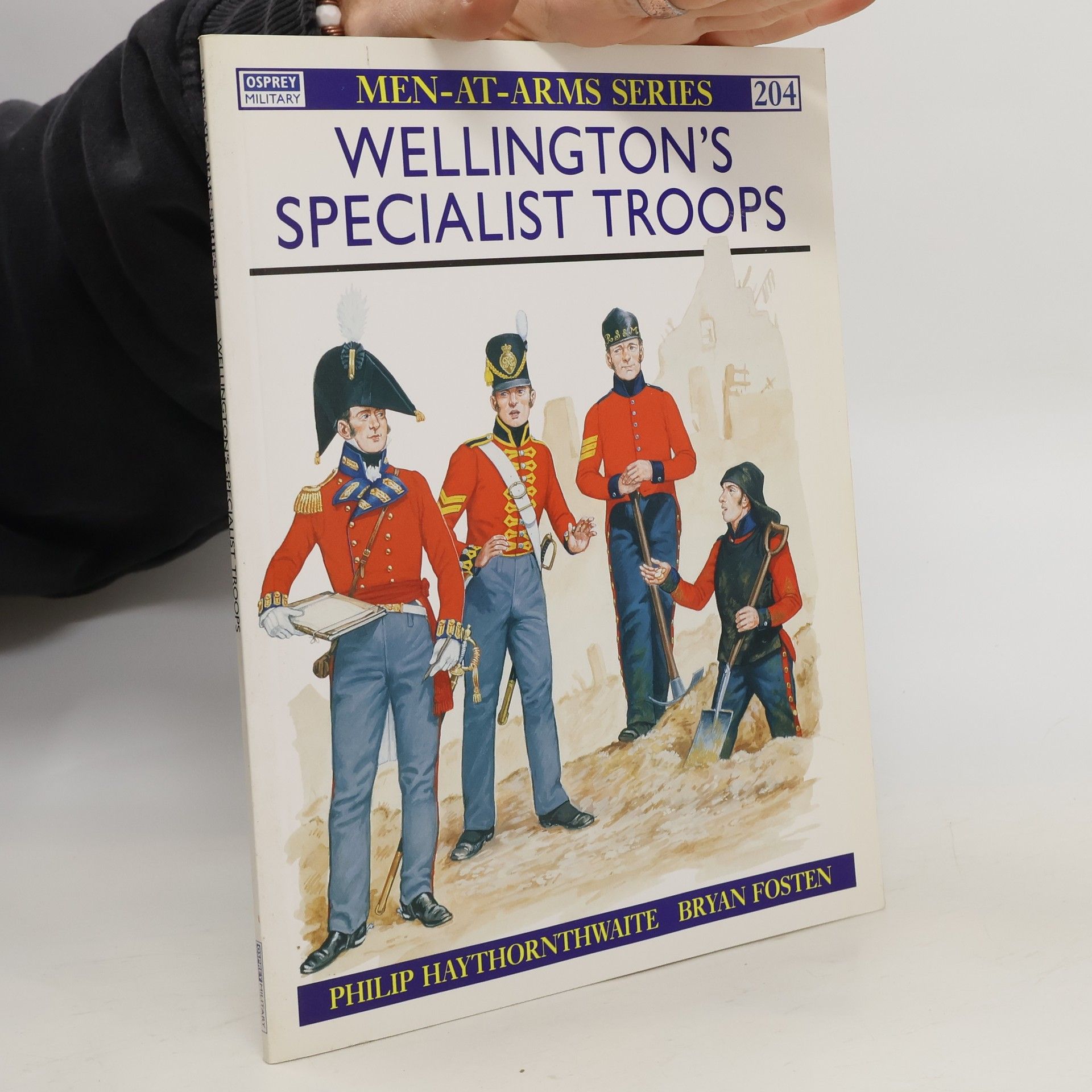Poznejte detailně ruskou pěchotu i kavalerii v období, kdy se Evropa zmítala v krvavých napoleonských válkách. Tato kniha vám představí organizaci a uniformy ruské armády v celkovém vývoji, za Pavla I. i jeho nástupce Alexandra I. Přehledná schémata a tabulky vám umožní dokonale se zorientovat v této problematice. Publikaci rovněž provází tradičně i kvalitní barevné ilustrace.
Philip J. Haythornthwaite Knihy
Philip J. Haythornthwaite je medzinárodne uznávaný autor a historický konzultant, ktorý sa špecializuje na vojenskú históriu, uniformy a vybavenie. Jeho rozsiahla publikačná činnosť pokrýva širokú škálu období od Anglickej občianskej vojny až po prvú svetovú vojnu, s hlavným zameraním na napoleonské vojny. Jeho diela sa vyznačujú hĺbkovým výskumom a dôrazom na detail.



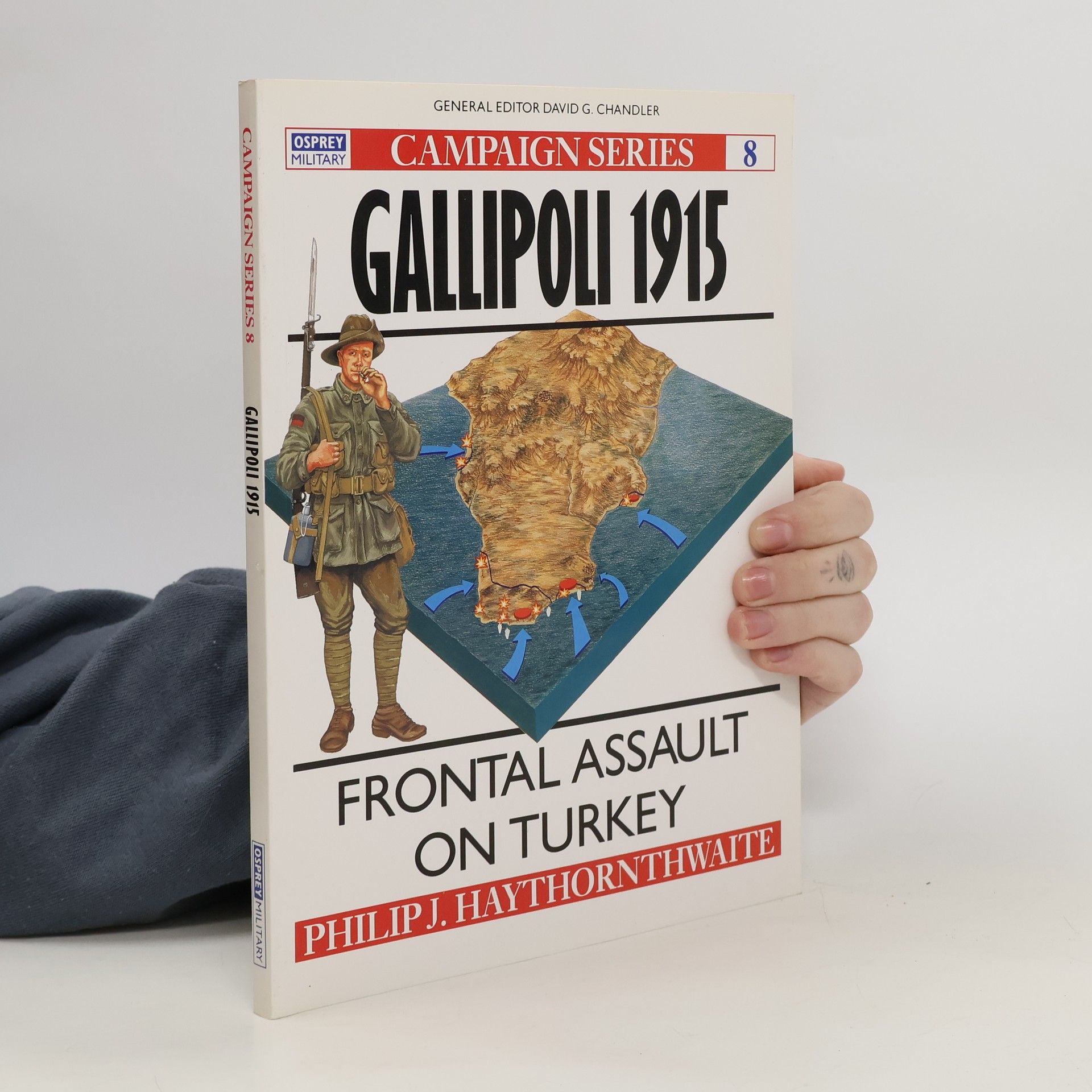
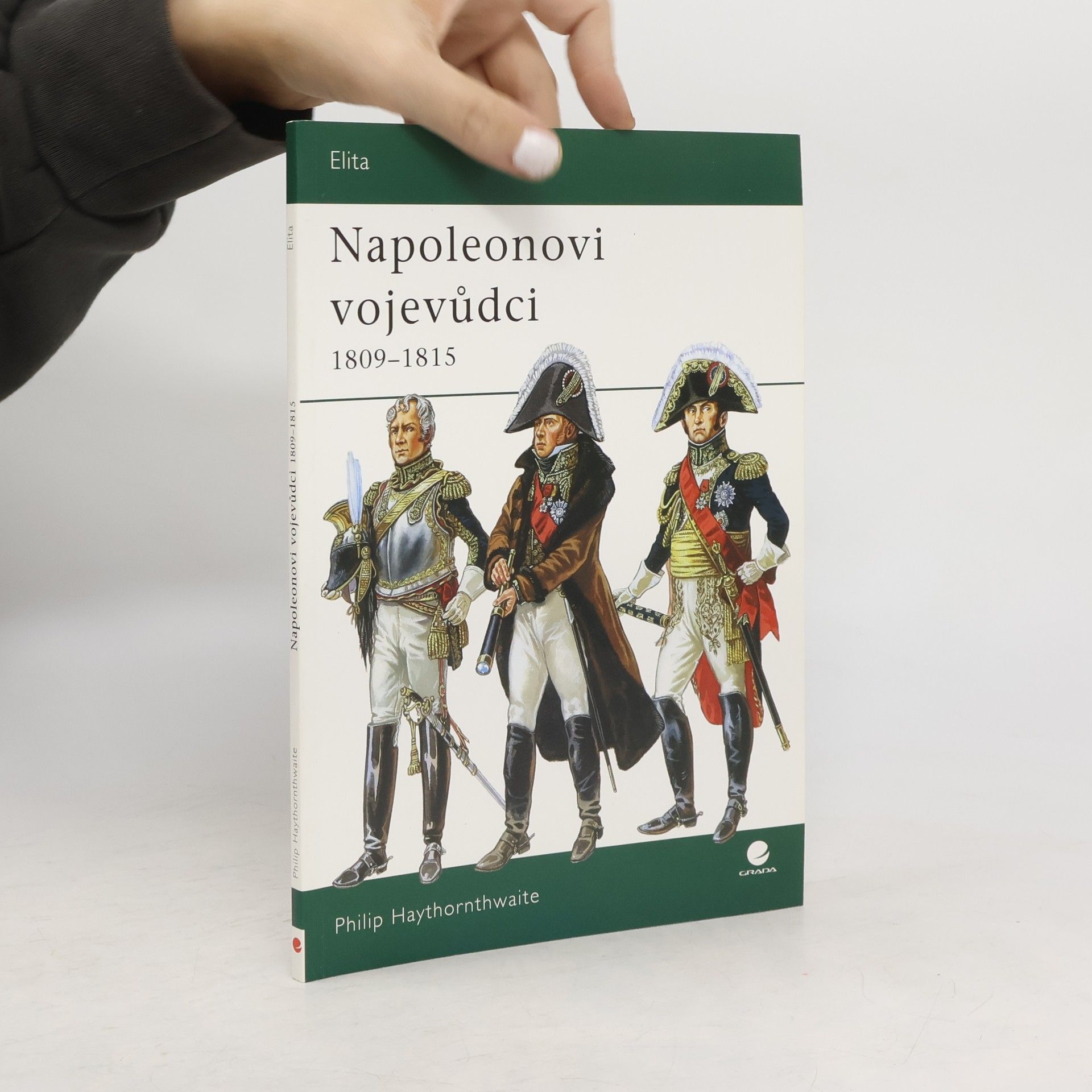
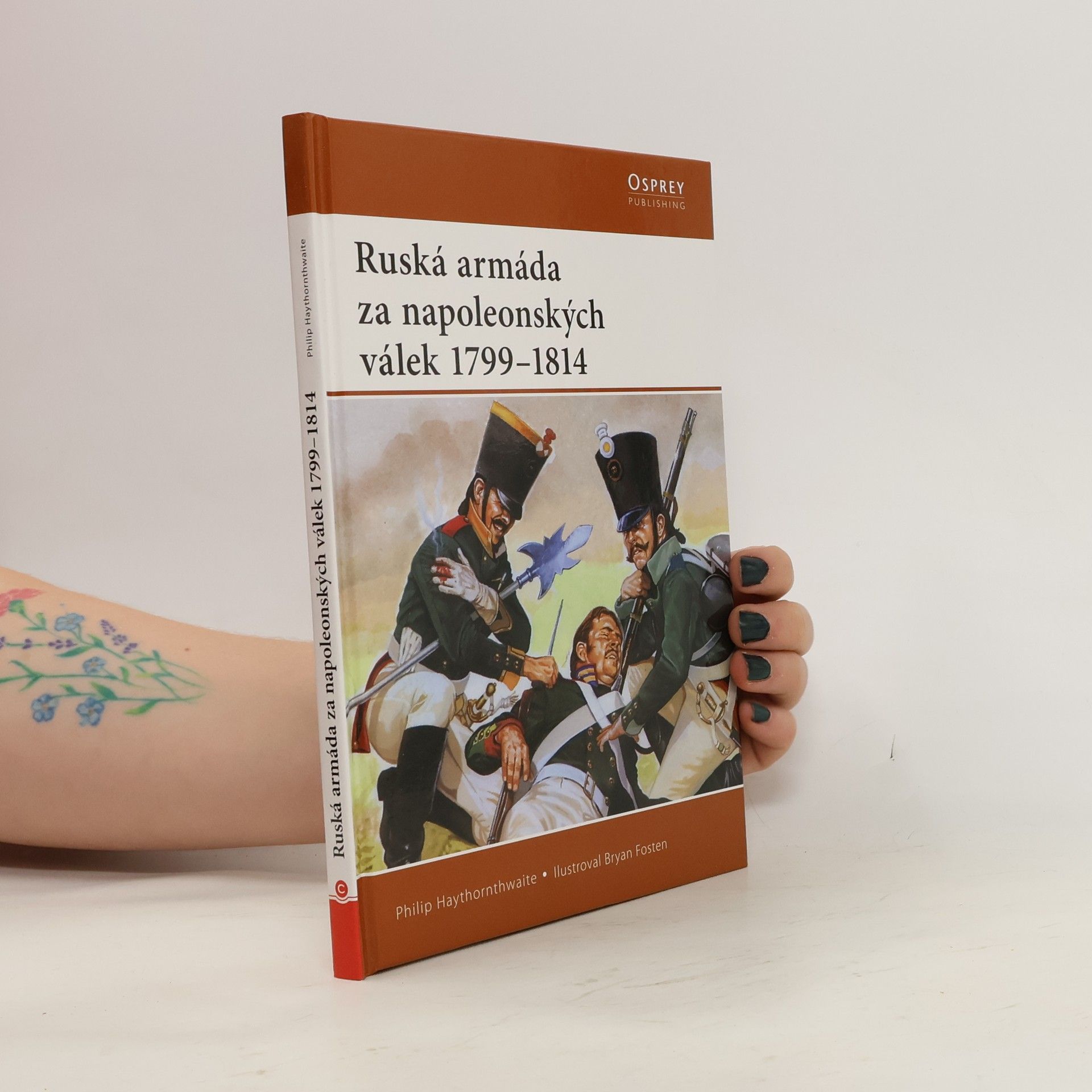
Napoleonovi vojevůdci 1809-1815
- 64 stránok
- 3 hodiny čítania
Ani génius Napoleonova formátu nedokázal sám řídit veškeré bojové akce a musel spoléhat na zkušenosti a schopnosti svých maršálů a generálů. V publikaci je popsána vojenská kariéra a životní osudy více než 20 osobností, které se významně zapsali do análů francouzské historie v pozdních letech císařství. Vykresleny jsou jejich charakterové vlastnosti, jednání ve vypjatých situacích, vítězství, ale i prohry na bojištích, jejich vztah k Napoleonovi, i postoje v době, kdy se Napolenova éra chýlila ke konci. Nechybí ani mnohé zajímavé detaily o organizaci tehdy v Evropě velice moderního systému štábů ve francouzské armádě. Text doprovázejí četné ilustrace uvedených osobností v jejich typických vojenských stejnokrojích.
The Gallipoli expedition of 1915, the brainchild of Winston Churchill, was designed to knock the Turkish Empire out of the First World War and open a supply route to Russia. The campaign is characterised by the military incompetence of the higher commands, particularly the Allies. However, in spite of this, Gallipoli deserves to be, and is, also remembered for the heroism and resourcefulness of both the British army and the men of the Australian and New Zealand Army Corps. This book details the battles, hardships and eventual evacuation that these men had to go through, in this comprehensive guide to the Gallipoli landings of World War I (1914-1918).
During the Napoleonic Wars the supreme battlefield shock weapon was the heavy cavalry - the French cuirassiers, and their British, Austrian, Prussian and Russian counterparts. This title is a two-part study of the cavalry tactics of the armies of Napoleon and those of his allies and opponents.
A detailed study of the Waterloo armies, it includes an analysis of the armies engaged - French, British, Hanoverians, Brunswickers, Netherlanders, Prussians. This book provides an insight into the organization, structure, chain of command, personnel as well as pen-portraits of the commanders and the men.
During the Napoleonic Wars all the major combatants fielded large numbers of light cavalry. In practice, light cavalry were often also employed for battlefield charges alongside the heavy cavalry. This book presents the study of the cavalry tactics of the armies of Napoleon and those of his allies and opponents.
Napoleon's Commanders (2): C.1809-15
- 64 stránok
- 3 hodiny čítania
Osprey's examination of commanders of the Napoleonic Wars (1799-1815). On the Napoleonic battlefield victory or defeat could still depend on the skills, reactions and personalities of individual commanders. Even under a genius such as Napoleon the dispersal of his armies on campaign, and the lack of fast communications, left command and control of the different corps and divisions in the hands of his marshals and generals. This second in a pair of Elite titles describes in concise but colourful detail the careers and personalities of more than two dozen of Napoleon's leading subordinate commanders in the armies of the later Empire, from c1809 to the Hundred Days campaign of 1815. Their individual appearance, and the typical uniforms of a variety of staff officers, are reconstructed in 12 dazzling colour plates.
Napoleon's Commanders (1): C.1792-1809
- 64 stránok
- 3 hodiny čítania
Victory or defeat on the Napoleonic battlefield was dependent on the skills, reactions and personalities of individual commanders. Even under a military genius such as Bonaparte, the dispersal of his armies on campaign and the lack of fast communications left command and control of the different corps and divisions in the hands of his marshals and generals. Illustrating the appearance of more than two dozen of Napoleon's leading colleagues and subordinate commanders, this first in a pair of Elite titles describes in concise but colourful detail their careers and personalities in the Revolutionary Wars and the Napoleonic campaigns up to 1809.
The Austrian Army, 1740-80
- 48 stránok
- 2 hodiny čítania
Describes the uniforms, weaponry, military practices and tactics of the Cavalry of Maria Theresa's army. This book also records the history of the army's campaigns, and is illustrated with contemporary images, detailed diagrams and colour plates.
Wellington's Specialist Troops
- 48 stránok
- 2 hodiny čítania
The specialist troops of Wellington's army played a crucial role in the success of the British Army. Though often understaffed and ineptly managed, the artillery, engineers, transport and commissariat, and medical services contributed to Wellington's ultimate victory in 1815. The Royal Artillery and Corps of Royal Engineers comprised a small number of highly trained officers, while the commissariat was composed of untrained civilians outside military discipline, and the medical services suffered from a shortage of trained surgeons. This richly illustrated book examines the organization, uniforms and equipment of each of these specialist departments.
